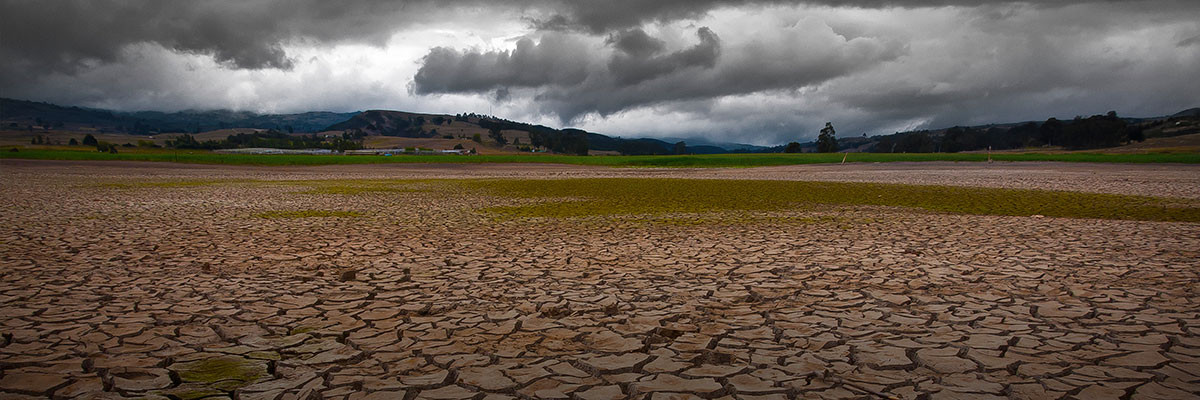
Authors
-

Director, Transformation, BSR
-
Sissel Waage
Former Manager, BSR
We are now in an era in which a strong return on investment (ROI) will increasingly hinge on a savvy understanding of water and climate issues. Investors will need to combine quantitative and qualitative data to ensure that they understand these issues at the local level—and, therefore, have a full picture of potential effects on investments.
The driver for this growing linkage between ROI and climate and water issues is becoming increasingly clear. This is shaping up to be another record-busting heat year, and IPCC scientists predict that climate change dynamics will continue to break records. Consider operating a business in a region experiencing increasing heat waves—like the one in southern India this past June, which was hot enough to melt roads and claimed 2,500 lives.
In a climate-changed world, a growing number of regions will suffer from water stress, including too much water (floods), too little water (droughts), or inadequate freshwater (pollution from chemicals, saltwater intrusion, algal blooms, or other sources). WRI projections of high-water-stress countries by 2040 include several investor favorites—such as the United States, China, and India, where some regions could see water stress increase by 40 to 70 percent.
Although the business climate has started to change, only a small—but growing—number of corporate opinion-shapers recognize the need to include water and climate risks in investment due diligence. Michael Bloomberg, Henry Paulson, and Tom Steyer partnered last year to commission the Risky Business Report, finding significant economic risks for business from climate change. The CEO Water Mandate outlines corporate water risks in detail.
The challenge for investors is where to start, particularly given tight timeframes.
The good news is that pathways forward are becoming clearer and easier. In addition to tailored advisory services from organizations like BSR, there are also off-the-shelf approaches, such as water-risk mapping incorporated into Bloomberg terminals and the CERES Investor Handbook for Water Risk Integration. Corporate risk and opportunity assessments can also draw upon credible, peer-reviewed, analytical tools like WRI’s Aqueduct and WWF’s Water Risk Filter.
The most robust approaches combine quantitative results from publicly available, map-based analytical tools with a qualitative review of information from watershed management agencies, local media, and watershed-specific scientific research. This integrated, multi-data-source approach not only allows investors to identify risk hotspots, but also informs a set of targeted due diligence questions around how to mitigate risks in local contexts.
Expanding analysis beyond “plug-and-play” tools to understand local conditions is crucial. For example, water management plans from a local water authority offer insights into projected total water supply versus demand—a key factor in cost, as well as overall water access. In addition, qualitative analysis can surface community-specific issues, such as U.S. Native American treaty requirements or senior water-rights holders, which would not be readily apparent in a national- or basin-level evaluation. This type of analysis also offers an opportunity to consider issues through the eyes of local stakeholders and water authorities, who are weighing societal trade-offs, such as allocating water for agriculture vs. urban access to drinking water vs. vulnerable species vs. corporate industrial operations. And, notably, such a climate-water risk assessment will add insight into the identification of material business risks and opportunities.
The key for investors is to start adding climate and water issues to investment due diligence using a robust and scalable approach. By combining quantitative tools with a rigorous qualitative review, investors can develop a fuller picture of risks and opportunities, anticipate challenges, and, in the end, make smarter investment decisions.
Let’s talk about how BSR can help you to transform your business and achieve your sustainability goals.